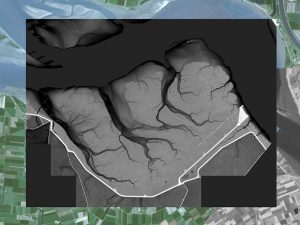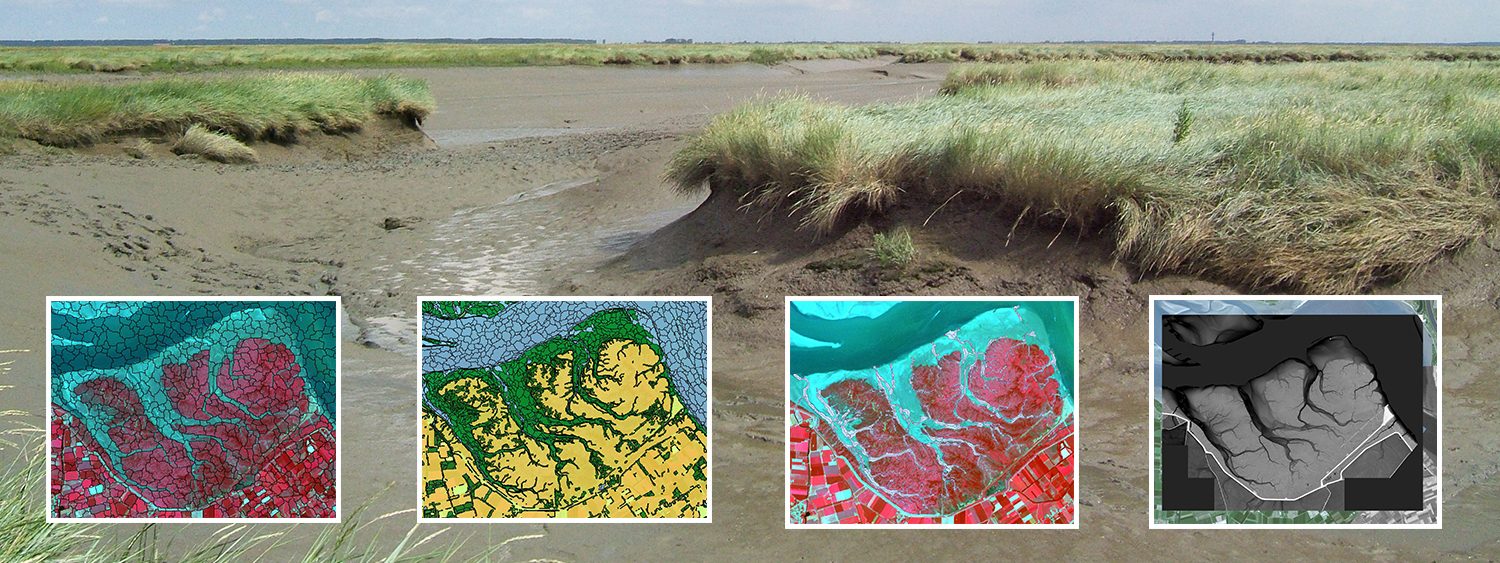Ebb and flow constantly reshape intertidal areas such as salt marshes or mud flats. The ever-changing morphology of these areas affects flora and fauna, but also influences human activity such as shipping, coastal protection and recreation.
To reveal the morphological patterns of the tidal marshes and to understand how they are created, Alkyon (now part of Arcadis) asked NLR to map the structure of salt marshes using satellite imaging. This information provides Alkyon with an instrument enabling it to make optimum use of the knowledge about the processes behind the development of permanent morphological patterns when adjusting channel patterns or creating new marshes, while minimising potential harm to the natural environment.
During this project, NLR collected data and made an inventory of Dutch intertidal areas and a number of Northwest European tidal marshes. This information comes from satellite data, aerial photographs and other geographic indicators revealing channels and sediment deposits. NLR then applied a new classification method that served as the basis for the development of a process chain. This makes it possible to automatically ascertain patterns in tidal marshes in all relevant satellite images.
Using NLR’s image data, Alkyon has further analysed the structures in the creeks (natural watercourses in marshy areas) and studied the relationship between the marsh surface and the total length of the creeks in the tidal marsh. This inventory has revealed standard ‘patterns’ that can be used when constructing or enlarging new or existing tidal marshes.
Research began in 2009 and is conducted by the Water cluster at GeoValley, a European investment programme involving a consortium of thirteen companies and knowledge enterprises, including NLR.


